In view of the current lockdown, what better way to pass the hours than start planning your Thames Path walk. Whether it be part of the route or all of it, we explore the pros and cons of the different sections.
We explore the key questions: when to go, how long to take and how to get there.
To help you, we’ve split the walk into 5 sections:
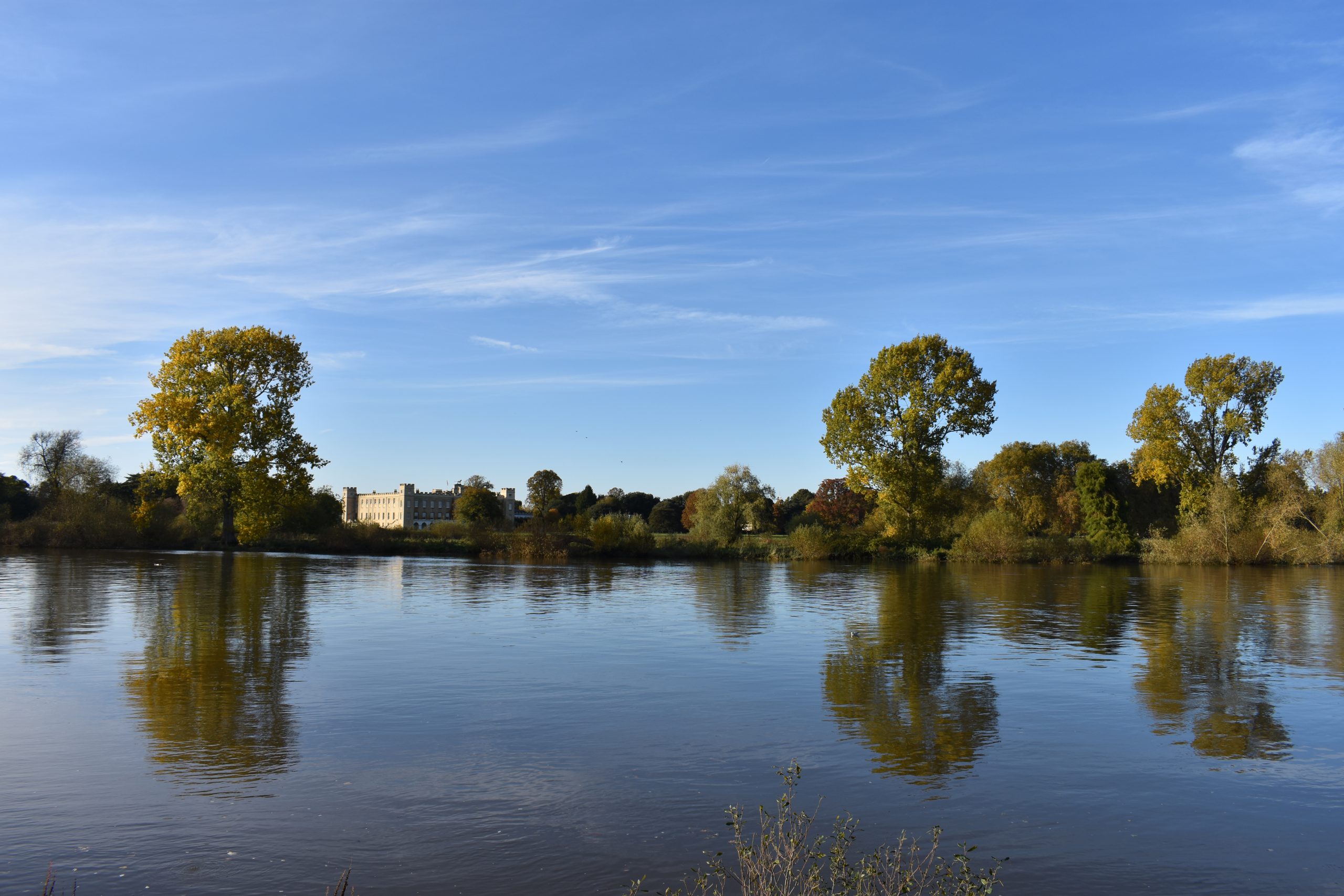
Weather: The weather is generally the same regardless of which section you are on. You can, of course, walk at any time. The driest time is May to September.
Flooding: The River Thames and its entire valley is prone to flooding. There are, therefore, times in the year when the Path can be totally impassable. This can happen just about anywhere. Walk the Thames keeps a page updated of where flood warnings and alerts are in place here. Most floods can be avoided by a detour. However, this is more difficult on the stretch between the source and Oxford where there are fewer paths and roads. Flooding can happen anytime between October and March but is more frequent towards the end of winter i.e. February and March.
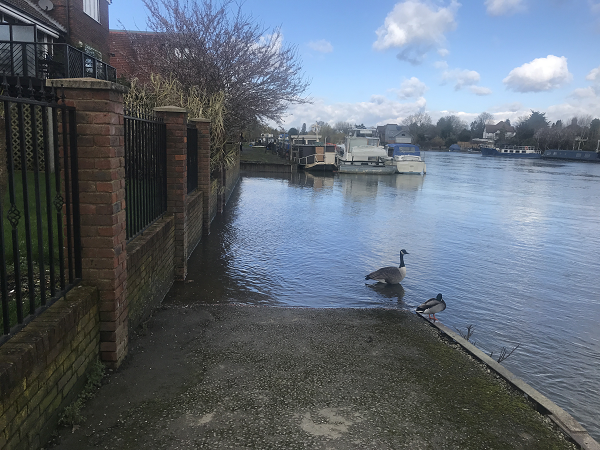
Peak Periods: The Thames Path passes close to major festival events that can have an impact on availability of accommodation. On top of that you have school holidays, business demand, weddings and University term times. This creates a complex pattern of demand varying by location.
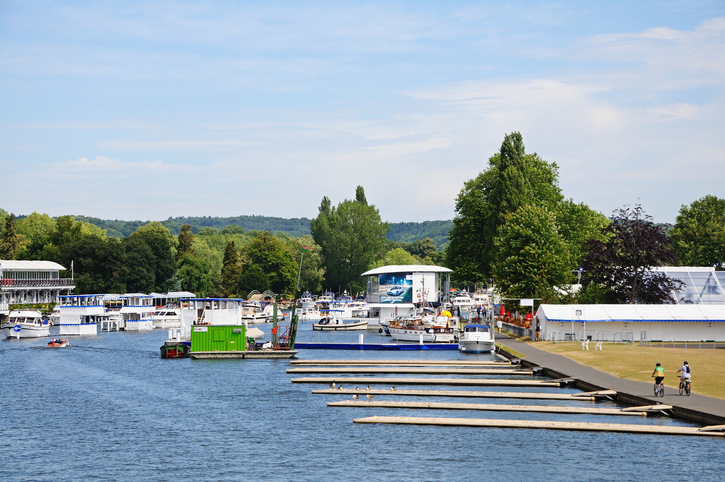
Festival season is mostly June and the first 2 weeks of July. The regattas, of which Henley is the most famous, attract big crowds between Reading and Maidenhead. As we travel downstream Royal Ascot, the Chelsea Flower Show and Wimbledon all contribute to “no vacancy” signs.
Weekdays vs weekends: In the rural towns and villages between the source and Windsor, weekends are generally more expensive as weekend getaways and weddings fill up the beds. The pattern reverses as you approach London with business demand making weekdays more expensive. Great weekend bargains can be had but these need to be booked at the last minute.
Unlike most long distance paths, the Thames Path passes by many attractions and you may want to consider planning some time to visit these. We have listed some of the places that you might want to spend an extra half-day or more:
Oxford is the first place to linger. And you don’t need to dig deep to enjoy. Highlights are Carfax Tower (for the views), Christ Church cathedral, the Bodleian Library, the Radcliffe Camera, and the Ashmolean Museum (free admission).
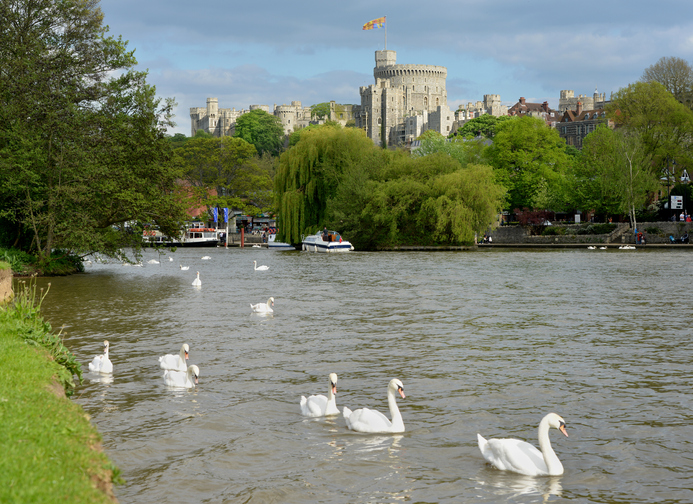
Royal Windsor: It is definitely worth spending some quality time in Windsor. The castle has been home to kings and queens of England since William the Conqueror. And don’t forget Eton. It’s a stone’s throw away on the other side of the river.
Between Windsor and Richmond you might want to take some time out to visit the various memorials at Runnymede. And closer to Richmond, there’s Hampton Court.
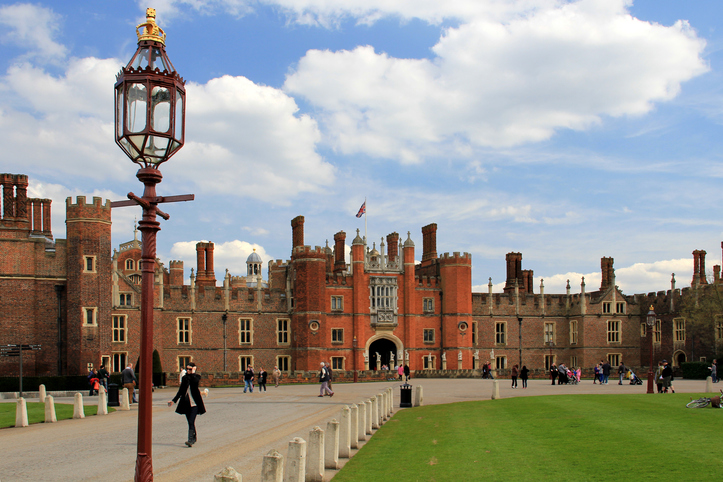
Richmond to Thames Barrier
Here the attractions come thick and fast as you walk through London so you should try not to be in a hurry! It’s impossible to list all the sites. However, we have picked out a selection below, all of which are adjacent to the Thames Path and are not the obvious attractions:
Generally speaking the Thames Path is quite well served by public transport.
Source to Oxford
As you might expect this is the least well-served of all the sections on the route. Oxford itself has excellent connections with trains to London and Birmingham. The only other station that is close to the Path is Kemble, which is very close to the source.
There are no train services to locations between the source and Oxford. However, there are bus services from Cricklade and Lechlade to Swindon.
Oxford to Reading
The railway follows the river for much of this section. Note that Culham and Appleford stations are both some way from the Path. And the Thames Path at Appleford is on the other side of the river with no bridge.
From Cholsey to Reading, the Path and the train line meet each other at regular intervals.
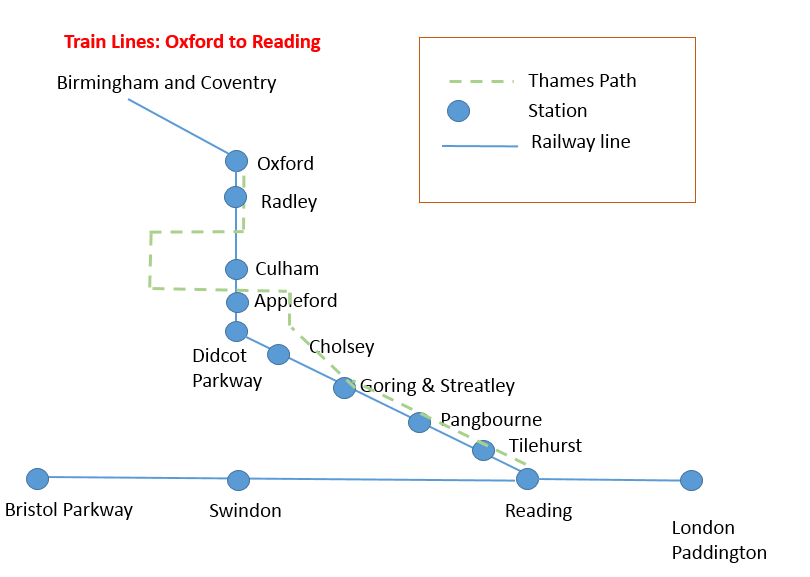
Reading to Windsor
This section is well served with 8 stations in just 31 miles. The longest section without a station is Henley to Marlow which is just 9 miles.
Windsor to Richmond
As you approach the outskirts of London, the train stations become quite frequent. Because the stations along the Thames Path are often on different lines, it’s not always straightforward to move between stations along the Path. For instance, a train from Hampton Court to Kingston, a walk of just 3 miles, can take half an hour.
Richmond to Thames Barrier
The final section of the Thames Path is well served by trains. A combination of rail and tube will get you up and down the path although you may have to change lines frequently.
The nearest station to the Thames Barrier is Charlton where you can catch a train back to Greenwich and London Bridge. You can also get back to Greenwich using the Thames Clipper service from either Woolwich or North Greenwich Piers, a fitting way to end your walk. In fact, the riverboat is a great way of navigating up and down the Thames Path.
We hope you’ve enjoyed reading this blog. Why not try our route planner to get started?
Ready to book?
| Cookie | Duration | Description |
|---|---|---|
| cookielawinfo-checkbox-analytics | 11 months | This cookie is set by GDPR Cookie Consent plugin. The cookie is used to store the user consent for the cookies in the category "Analytics". |
| cookielawinfo-checkbox-functional | 11 months | The cookie is set by GDPR cookie consent to record the user consent for the cookies in the category "Functional". |
| cookielawinfo-checkbox-necessary | 11 months | This cookie is set by GDPR Cookie Consent plugin. The cookies is used to store the user consent for the cookies in the category "Necessary". |
| cookielawinfo-checkbox-others | 11 months | This cookie is set by GDPR Cookie Consent plugin. The cookie is used to store the user consent for the cookies in the category "Other. |
| cookielawinfo-checkbox-performance | 11 months | This cookie is set by GDPR Cookie Consent plugin. The cookie is used to store the user consent for the cookies in the category "Performance". |
| viewed_cookie_policy | 11 months | The cookie is set by the GDPR Cookie Consent plugin and is used to store whether or not user has consented to the use of cookies. It does not store any personal data. |